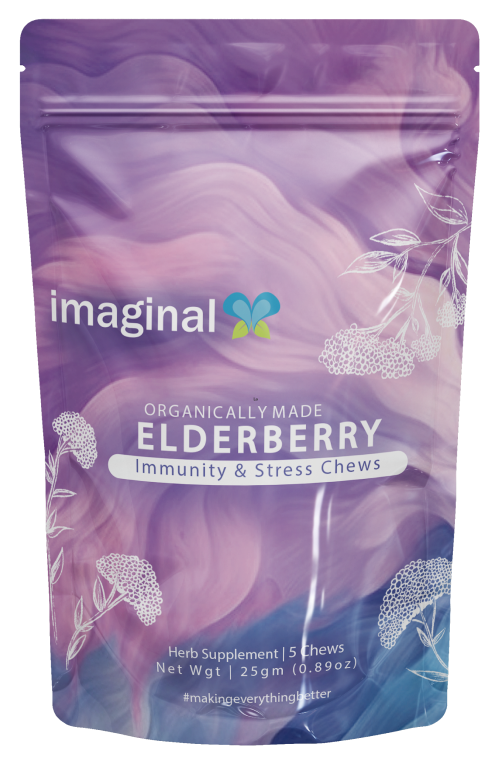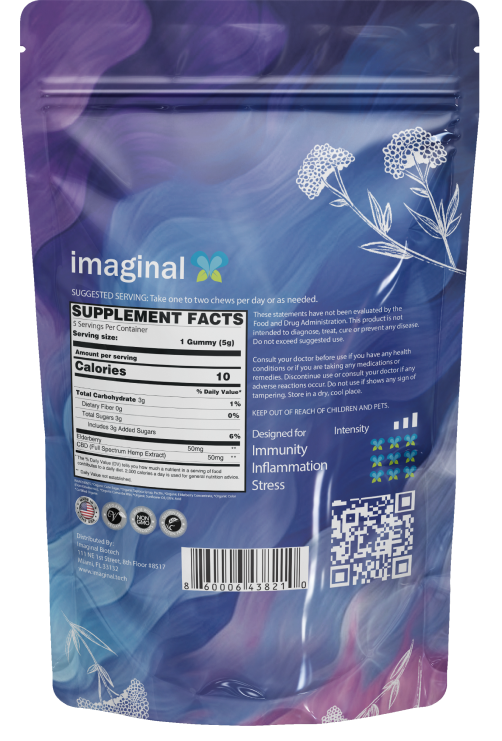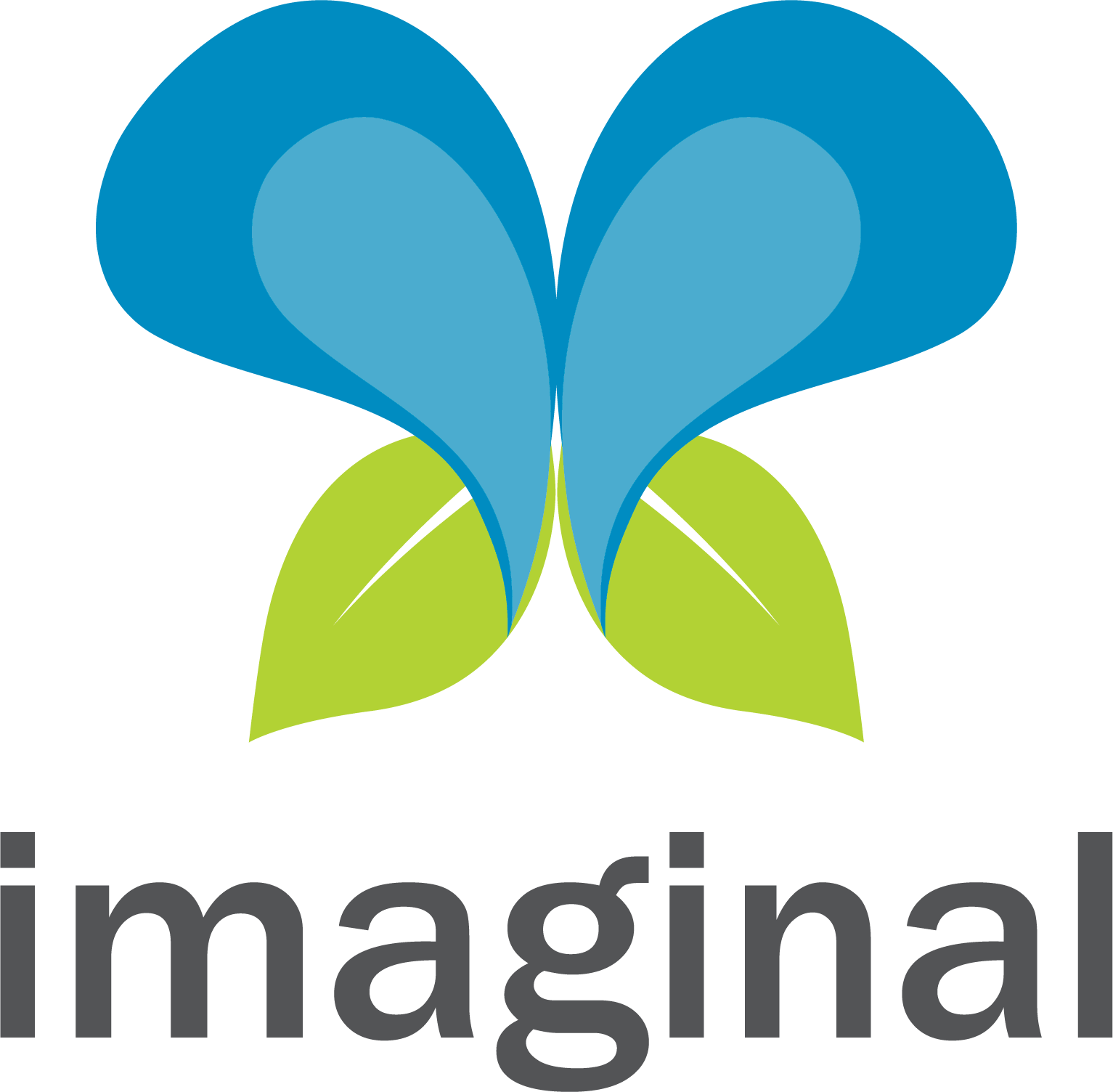More than 60% of American adults use cannabidiol for anxiety, stress, and pain relief, with one in seven using it daily.

Cannabidiol (CBD) is a naturally-occurring cannabinoid derived from the hemp plant. Unlike its wild, “high-inducing” cousin, THC, CBD doesn’t make you feel stoned. Instead, it helps you feel calm and pain-free by interacting with your endocannabinoid system’s receptors.
And while CBD is generally considered safe, it isn’t a case of “the more, the merrier.” The key to using CBD is not taking too much and using the right dosage.
But what is the “right” dosage? And how do you figure it out for yourself? That’s where things get tricky.
Let’s dig into what makes a CBD dosage just “right” for you, what factors affect it, and how you can find your optimal dosage.
Table of Contents
Why Is CBD Dosage Important?
Cannabidiol has become extremely popular in the past four years, with US sales reaching $4.17 billion in 2022. However, most CBD products are incorrectly labeled, with a study finding that out of the 84 CBD products tested, only 26 products correctly listed the CBD concentration and that 17 samples contained THC.
Moreover, a study analyzing the effects of CBD on anxiety, pain, depression, and well-being found that while patients with moderate to severe symptoms did find relief by using CBD, those with mild symptoms were actually worse off.
And that’s not all. CBD has also been known to have side effects like drowsiness and sedation, decreased appetite, male reproductive toxicity, digestive issues, changes in appetite, medication interactions, and liver injury.
This makes it essential to understand the dosage you’re taking and keep track of which brand you’re using so you don’t end up overdosing or accidentally taking too much THC.
Factors That Affect CBD Dosage
Now that we’ve covered why CBD dosage is so important, let’s understand the factors that affect it:
1. Method of Consumption
There are three ways to take CBD: oil, edible, and topical. CBD oils come in dropper bottles or capsules and have a higher concentration than edibles or topicals. They also have a faster onset time because edibles and topicals take longer to enter the bloodstream.
2. User Error
If you’re taking CBD orally using a dropper, you might take too much if you aren’t careful. Topicals also run the same risk because you might not measure the volume every time you use them, which makes the dosage and potency vary on every application.
Edibles, in contrast, are almost user-error-free — but only if you’re using a CBD product with a certificate of analysis. Otherwise, you might not know what’s in them.
3. Product Composition
A study at UW Madison that analyzed the contents of 39 CBD-infused beverages, oils, and other product types found that only six (15.4%) products were accurately labeled. That suggests CBD dosage can be affected by the CBD brand you use.
How Much CBD Should You Take?
CBD acts on 60 different molecular pathways, so coming up with a definite dosage is challenging.
However, in several clinical studies, researchers have used 100 to 800 mg/day of CBD to treat various conditions.
For instance, in a study analyzing CBD as a potential treatment for anxiety, researchers used 120 mg/kg oral doses to reduce marble-burying behavior for up to seven days.
Similarly, in a review, researchers found that chronic use and high doses of up to 1,500 mg/day were well-tolerated by humans.
Moreover, several studies found that CBD presented an inverted U-shaped dose-response curve, where too-low and too-high doses didn’t produce the results wanted.
The curve was observed in compulsive behavior, schizophrenia, pain, diabetes mellitus, irritable bowel syndrome, rheumatoid arthritis, and multiple sclerosis models and treatments.
This suggests that the optimal dose of CBD could depend on your condition, which highlights the need to test different doses when finding the “right” one.
However, here is a handy chart to make starting with CBD easier:
|
Condition/Disorder |
Dosage (mg/day) |
|
Anxiety |
40–90 |
|
Depression/PTSD |
50–100 |
|
Chronic Pain |
>25 |
|
Inflammation |
>20 |
|
Arthritis |
>50 |
|
Cancer |
>100 |
|
Insomnia |
>25 |
|
Muscle Recovery |
>20 |
How to Find Your Optimal CBD Dosage?
Now that you know what factors affect CBD dosage and the recommended dosages for different conditions, let’s understand how you can find your optimal dose.
1. Decide What Form of CBD to Use
When it comes to using CBD, you can choose from various options:
- Oil Drops – These allow for direct absorption into the bloodstream and have fast-acting effects.
- Capsules and Edibles – If you aren’t a fan of the taste of CBD oils, capsules, and edibles are excellent alternatives. They’re usually flavored and pre-measured, so you get a similar dose every time.
- Topicals – These provide localized relief and can be a fantastic choice if you’re targeting your skin, joints, or muscles.
2. Check Your Product’s Bioavailability
Bioavailability is the percentage of CBD your body absorbs into the bloodstream after ingestion or application. Here are the bioavailability percentages for three CBD delivery methods:
- Oil Drops – 20–30%
- Capsules and Edibles – 5–10%
- Topicals – <1%
3. Consult Your Doctor
Before using CBD, consult with your doctor. It’s the best way to ensure the CBD supplements you plan to take will not interfere with your current medications or cause severe effects.
4. Start Slow and Go Slow
Once you’ve cleared everything with your healthcare provider, start with a lower CBD dose than you think would be right. That’s because what works for someone may not work for you or your specific situation, especially if you’re taking medications.
Plus, if the dose is too high, it could lead to unpleasant side effects like low blood pressure, sleepiness, nausea, or sedation. But if you go too low, you might not feel anything.
So, begin with a small dose — around 20 to 25 mg — and slowly go higher until you hit your sweet spot.
5. Track Your CBD Dosage
Now that you’ve started taking CBD, track your daily consumption so you don’t end up overdosing. You can do that by using a dropper bottle and finding out how much your dropper holds (typically one ml).
Once you have that information on hand, here’s a formula you can use:
Total CBD in the bottle/ml in the bottle = CBD concentration per dropper
For instance, if you have a 15 ml bottle of CBD oil with 300 mg of CBD, 300/15 = 20 mg of CBD/ml/dropper.
You can keep track of your usage by entering everything into a journal or a tracking app on your phone. You could also use a calculator to make your life easier.
The Takeaway
The ideal CBD dose doesn’t exist because the way CBD works with your endocannabinoid system is complex. Plus, too many variables influence CBD’s absorption, such as product potency, composition, and bioavailability.
So you can use general dosage guidelines to start, but making the process your own is crucial to success.
Just remember to start low and gradually increase your dose until you experience your desired effects. Patience is key because your body needs time to find its CBD sweet spot.
(This post has been written by Dr. Eilaf Meenai, MBBS)




